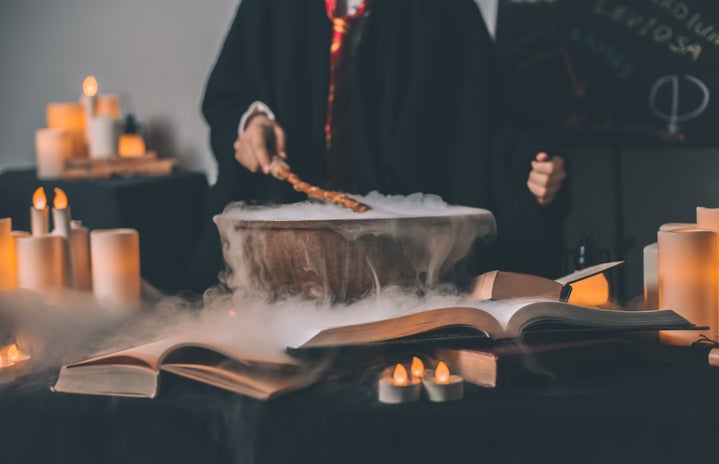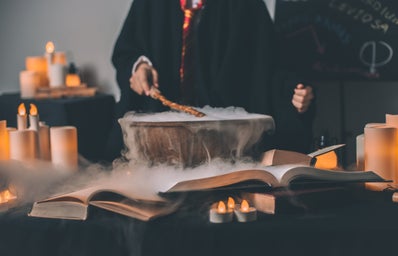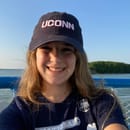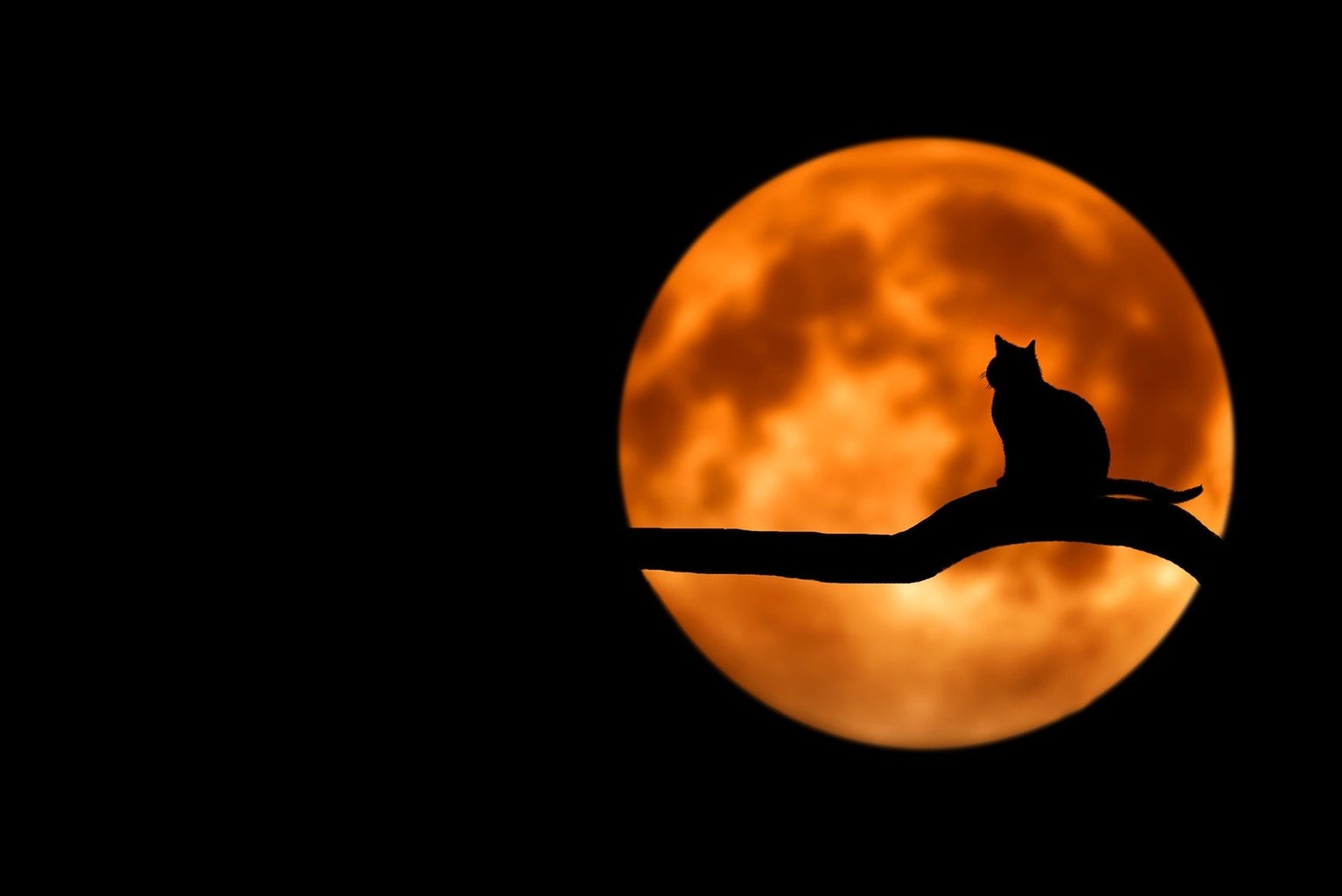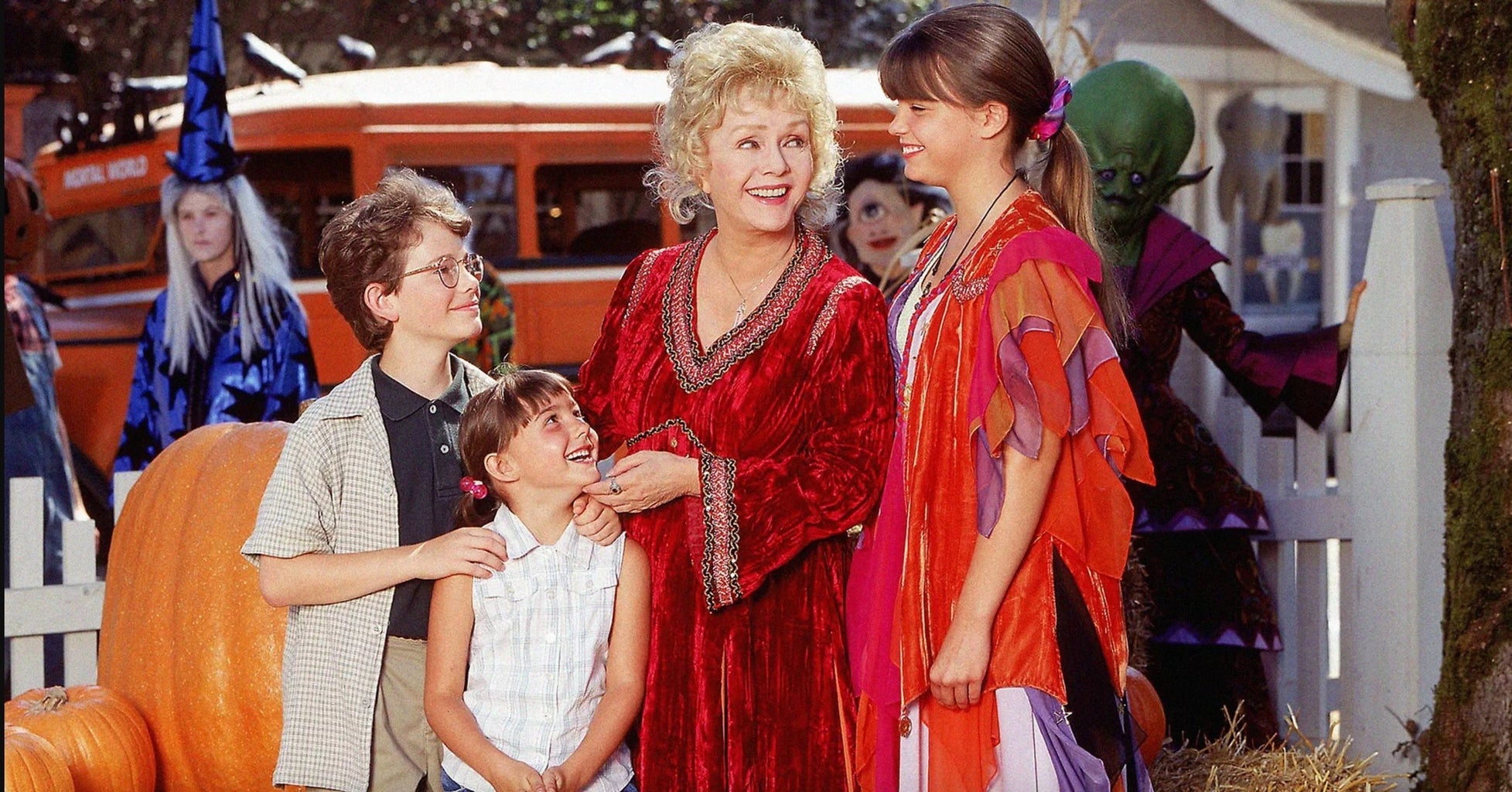The branches have shed their leaves, birds are flying in search of warmer climates, and Halloween is approaching rapidly. It’s the perfect time of year to curl up with a cozy blanket, a steaming cup of tea, and a favorite fall-themed form of digital entertainment — and from movie nights in your friends’ dorm room to your aunt’s annual rerun of Charmed, witchy stories are all the rage. But why are women so drawn to the witchcraft of pop culture?
“Good” witches have been gracing America’s screens since they were showcased in black-and-white. The romantic comedy I Married A Witch was nominated for an Academy Award in 1943, and the beloved sixties sitcom Bewitched was ranked within ABC’s top fifteen shows for the entirety of its run. The ’90s were a boom time for magical media; from Mildred Hubble to Buffy’s Willow Rosenberg, well-meaning witches were everywhere — and female viewers in particular couldn’t get enough of them.
Taking center stage
The simplest explanation for why women love these stories is because they are so often at the core of them. In the male-dominated world of cinema and television, witches — whether they be beatific enchantresses, sexy seductresses, or decrepit hags — are often center stage. Anyone watching Beautiful Creatures will quickly be able to understand that Lena Duchannes is the protagonist, and Ethan Wate is her self-sacrificial love interest. All the little girls watching Halloweentown this October will be able to see themselves in Marnie, who uncovers her powerful lineage by connecting with her grandmother. And any teenage girl obsessed with The Chilling Adventures of Sabrina, regardless of its CW absurdity, has the privilege of getting to see a supernatural show that centers on the experiences of another teenage girl. The best witches are the main characters, not the mothers or sisters or girlfriends of one. They allow women to explore their own experiences through fantasy, without being shunted to the narrative sidelines.
agency & femininity
Another part of the enchantment is the sheer power that witches wield. In a world where women are commonly viewed as the weaker sex, and treated as such, there’s an enormous appeal in narratives where the women have the strength. In The Craft, a cult classic, high school girls immediately establish their authority with an unforgettable opening chant, claiming, “Ours is the magic, ours is the power.” These teenagers use witchcraft to enact the ultimate teenage desires: they control their appearance, make bullies go bald, and punish racists, womanizers, and would-be rapists. High school girls are the villains, the real danger in the world. A high school girl is the hero. It’s a very female fantasy — magic that comes from the self; agency that is awarded through action; and power that lies in femininity, whatever form that may take. Although popular narratives often make women afraid of their own potential (Wanda Maximoff, the Marvel Cinematic Universe’s most powerful superhero, is a prime example of this), witches have that potential. And in watching them harness it, real-world women can learn to recognize it in themselves.
Conclusion
Stories are a form of witchcraft on their own. When we create and consume media with women at the center, we draw upon a long and enchanting tradition that dates back much farther than the invention of film. Movies and television provide modern women with the opportunity to see fantastical reflections of genuine realities; the diverse individuality of women, the power of women, and the utterly magical joy of connection between women. As you craft a watchlist for this spooky season, I urge you to include some stories that celebrate femininity. Hopefully, the shows and movies included in this article are a good starting point.
Happy (almost) Halloween!
